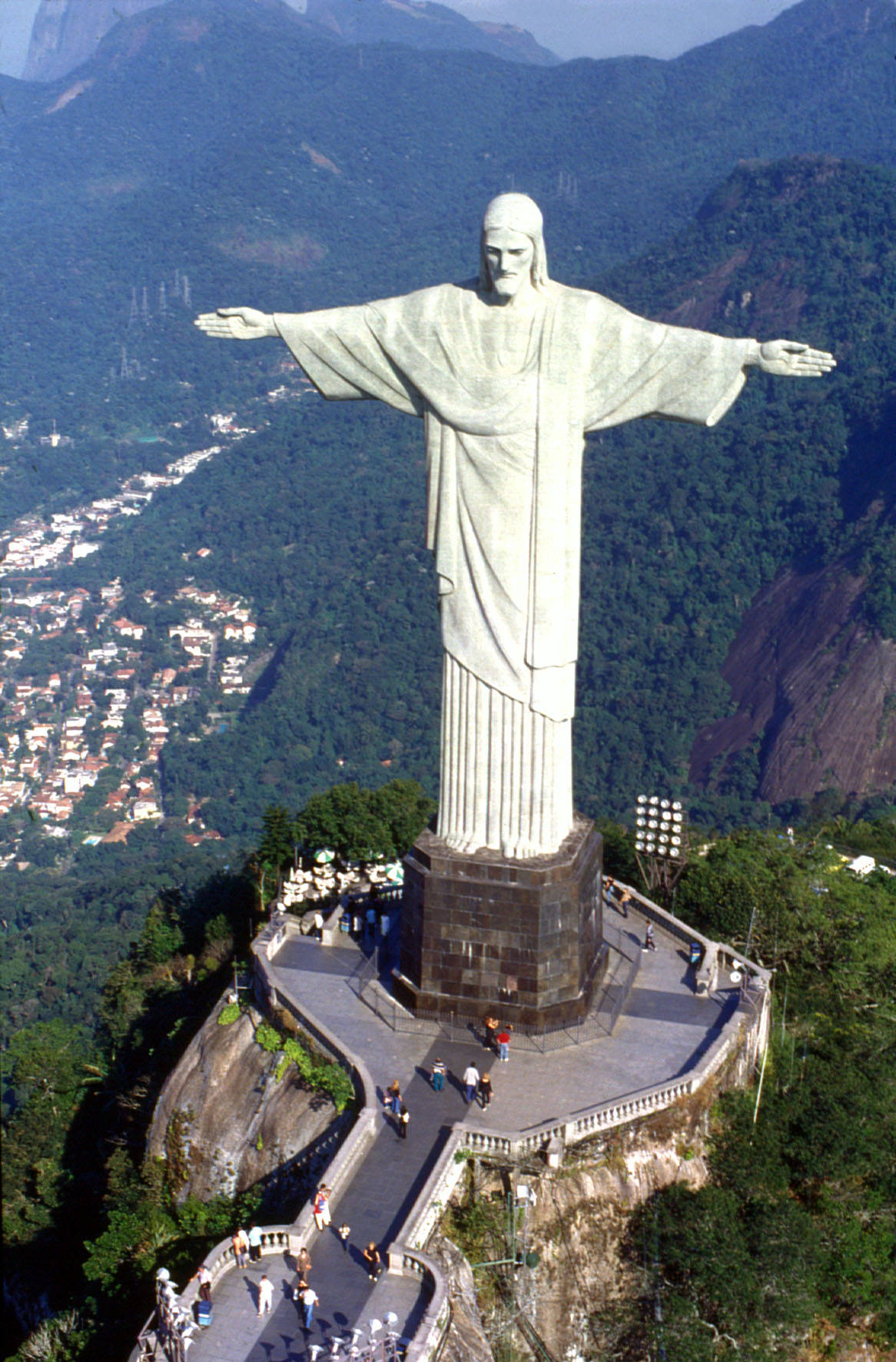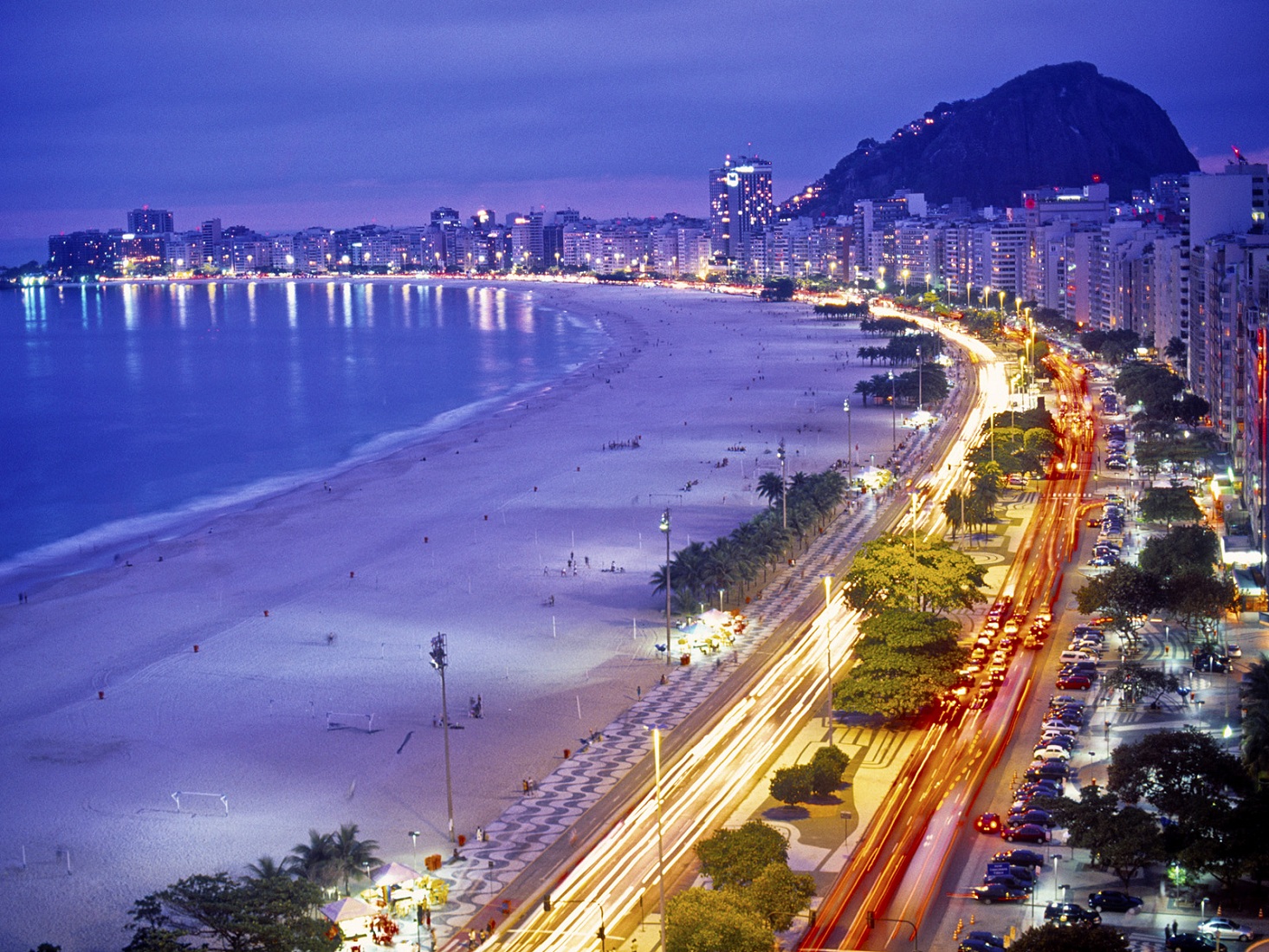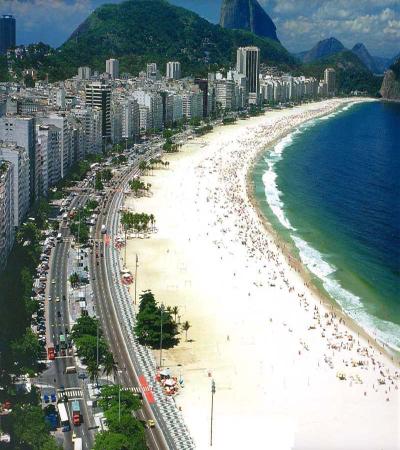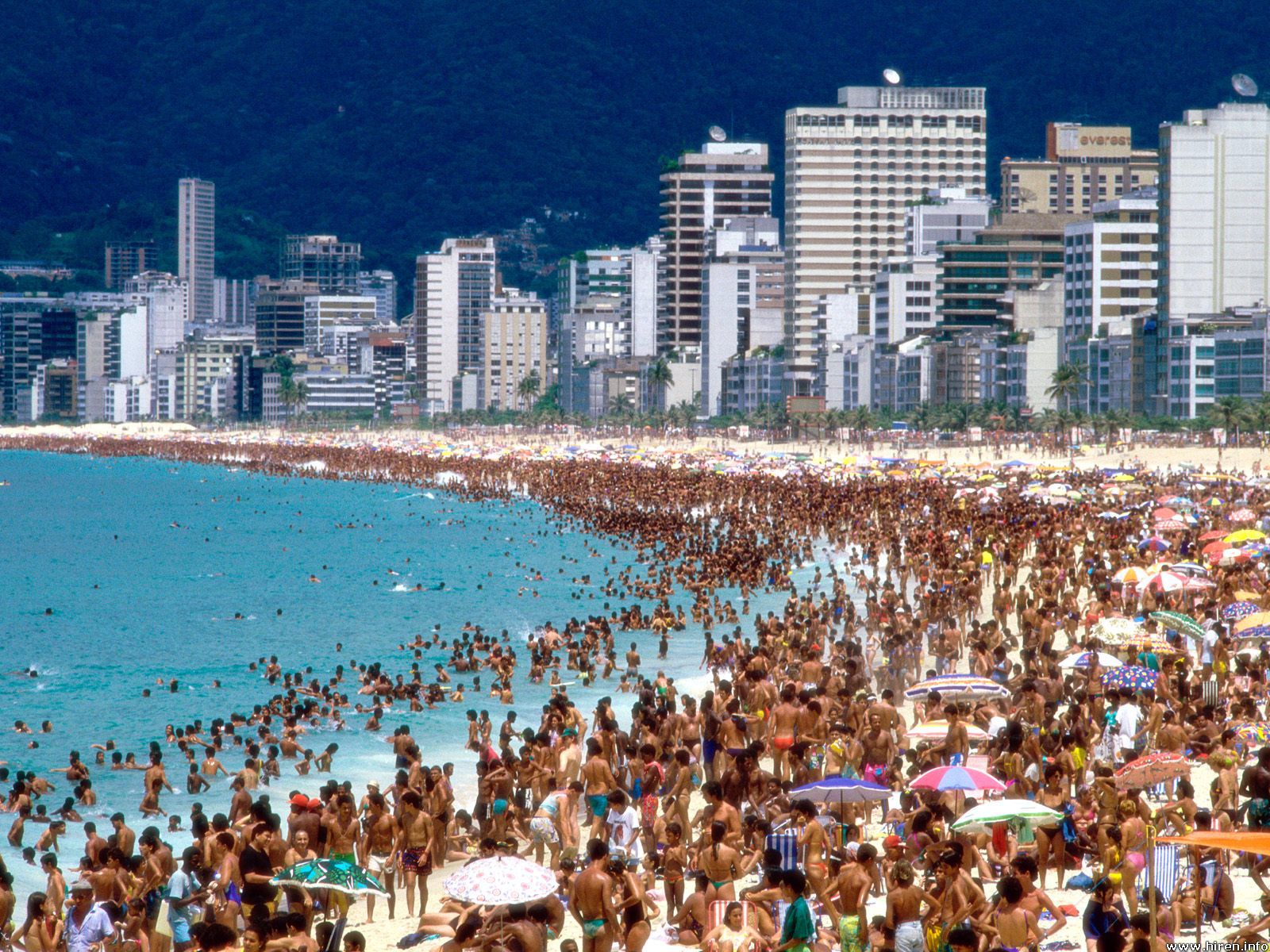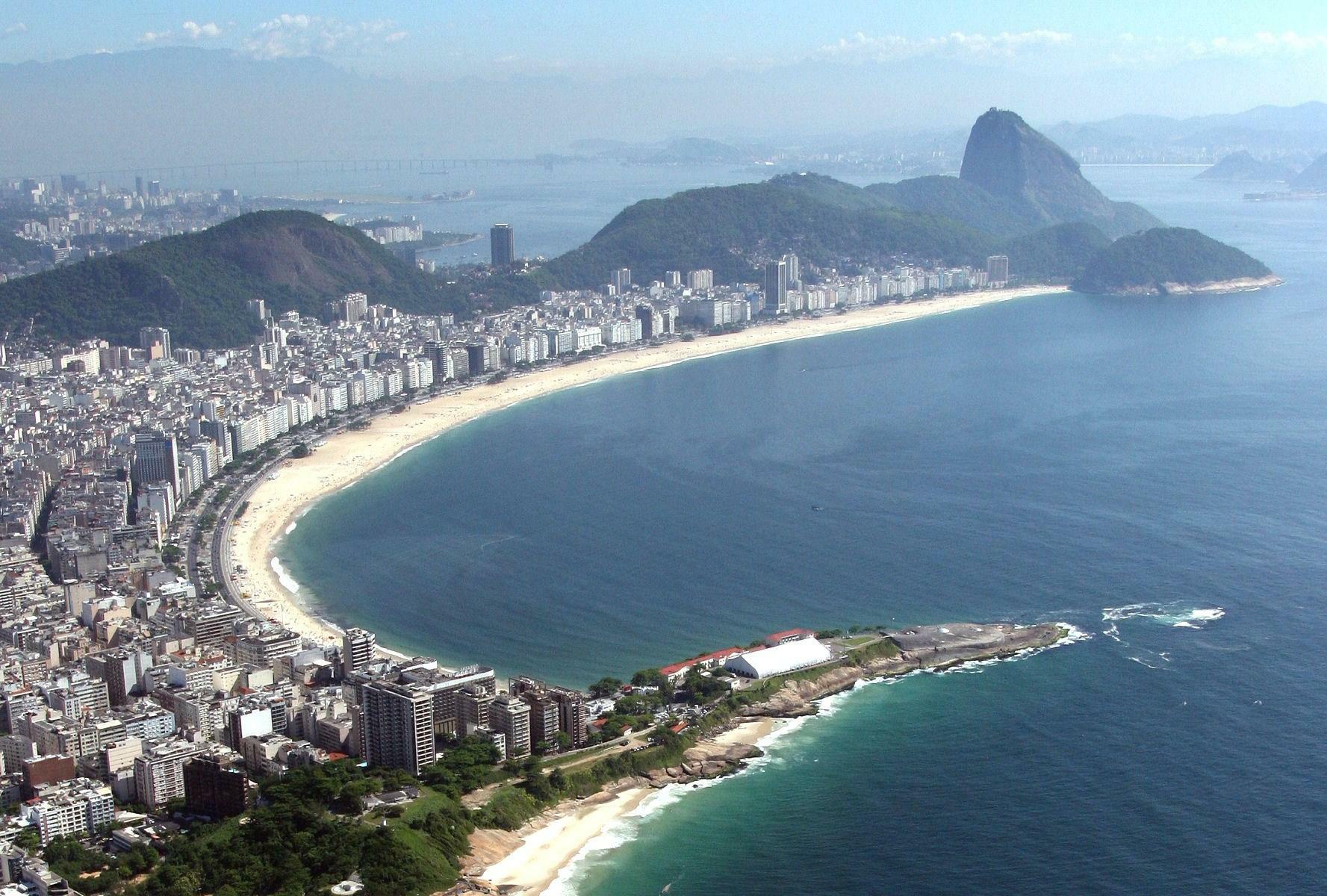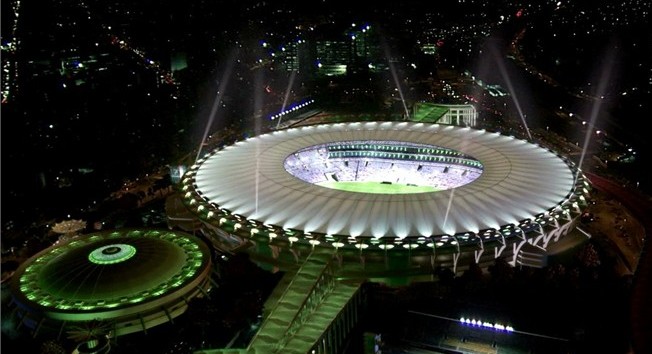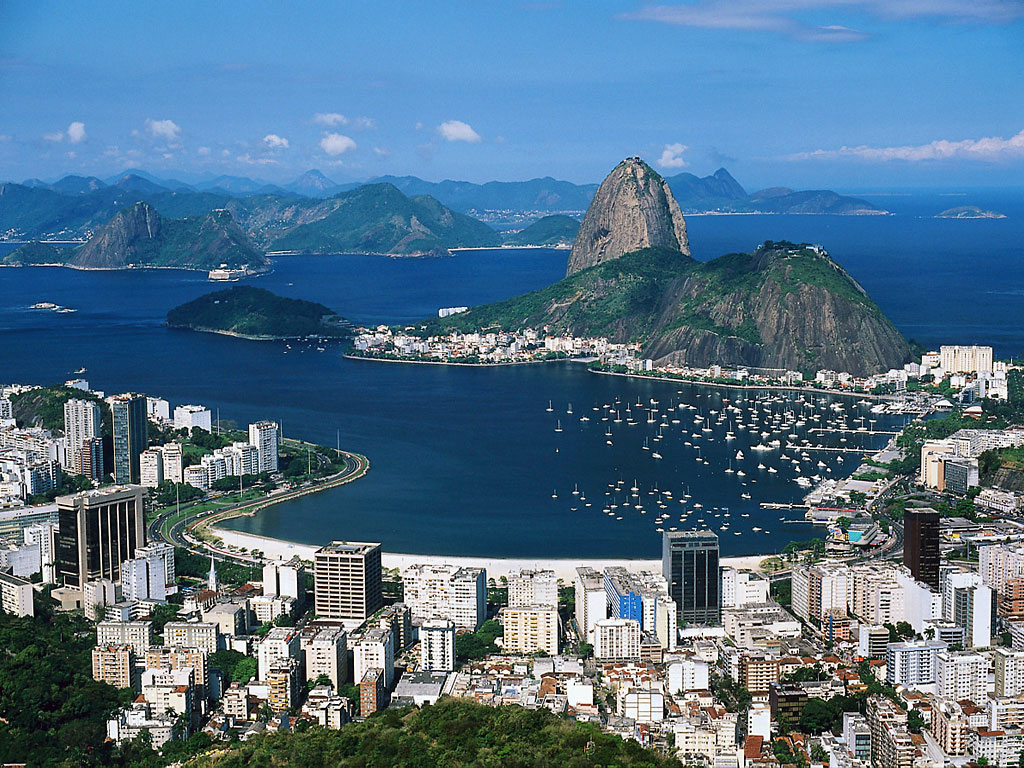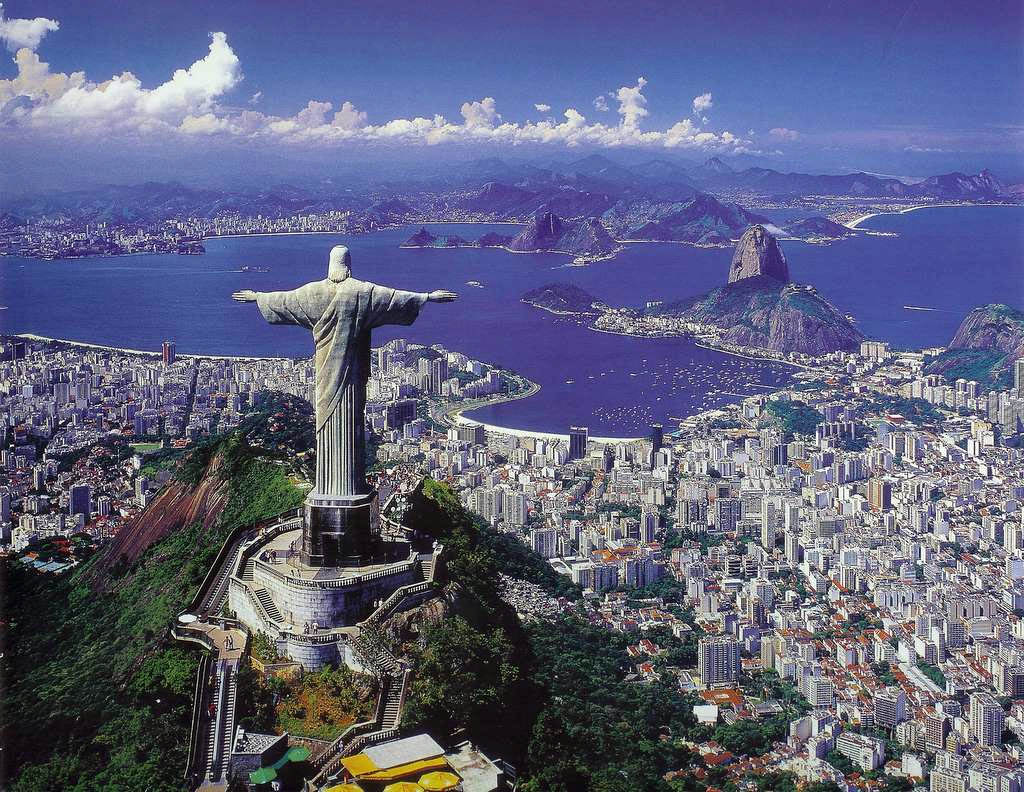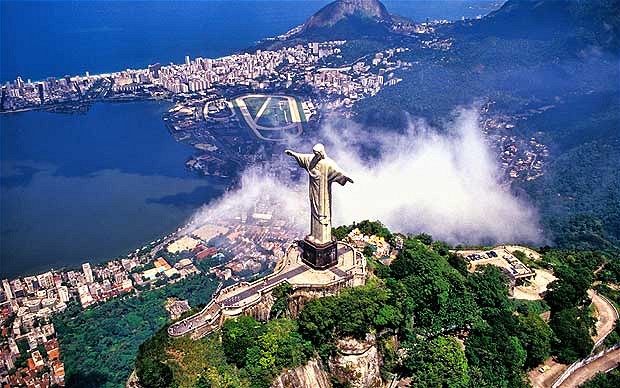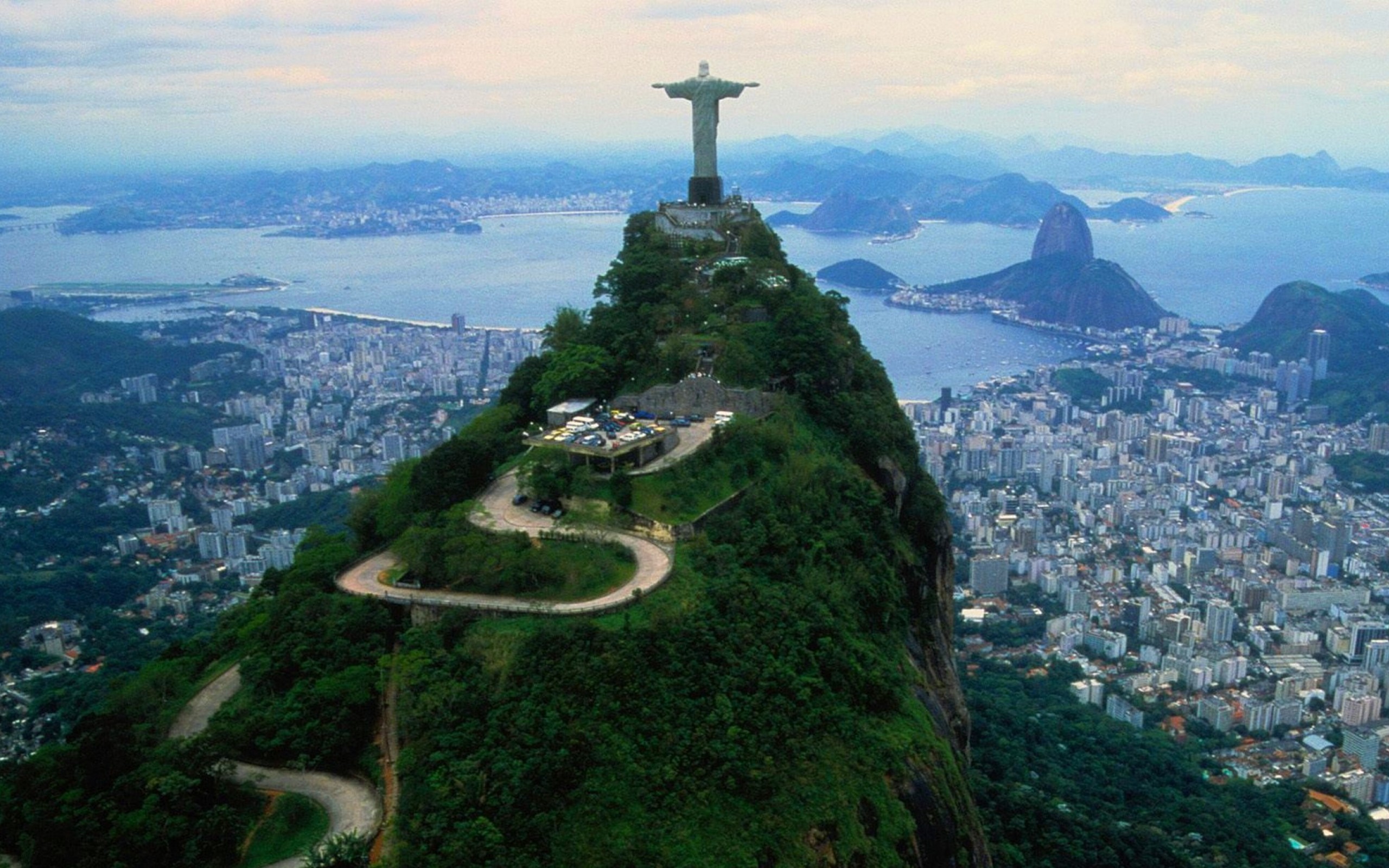Rio de Janeiro
Rio de Janeiro, commonly referred to simply as the river, is the capital of the State of Rio de Janeiro, the second largest city of Brazil and the third largest metropolitan area and agglomeration in South America, beneficiant of about 6.3 million people within the city proper itself, as is the 6th largest in the Americas, 26 in the world and a part of the city was Designate as a World Heritage Site known as “Rio de Janeiro : scenics Cariocas betweens the mountains and the sea. ” problem identified by UNESCO on July 1, 2012 in the Cultural Landscape category.
The city was the capital of Brazil for nearly two centuries, 1763 to 1815 during the British colonial era, 1815 to 1821 in the capital of the United Kingdom of Portugal, Brazil and Algarves, 1822 to 1960 and from Brazil an independent nation. Rio is nicknamed the Marvelous City or ‘Marvelous City’.
Rio de Janeiro is the second largest GDP in the country (and 30th largest in the world in 2008), about the estimated R 343 billion of dollars (IBGE/2008) (pres of U.S. $ 201 billion), and is the of higher headquarters of the two companies in Brazil, Petrobras and Vale, and major oil companies and telephony in Brazil companies, fouled the largest conglomerate averages and communications companies in Latin America, Globe organizations. Home many institutes and universities is the second largest center of research and development in Brazil, accounting for 17% national scientific production-According to 2005 data.
Rio de Janeiro is one of the most visited in the southern hemisphere and cities is known for its natural settings, carnival celebrations, samba, bossa nova, beaches of Balneario as Barra da Tijuca, Copacabana, Ipanema, and Leblon. Some of the most famous monument, in addition to the beaches include the giant statue of Christ the Redeemer (‘Cristo Redentor’) atop Corcovado mountain, named one of the New Seven Wonders of the World, Sugarloaf Mountain (Pao de Acucar) with the cable car, the Sambadrome, along the parade avenue lined permanent platform which is used during Carnival and Maracanã Stadium, one of the largest soccer stadiums.
The 2016 Summer Olympic Games and Paralympic Games will be held of Rio de Janeiro, the first team to score the host nation Anglo-Saxons or event in South America. This Will Be the third time the Olympics will be held in the city in the southern hemisphere The August 12, 2012 in the summer closing ceremony of 2012 Olympic Games, Mayor Eduardo Paes to receive the Olympic flag, to Jacques Rogge, Mayor of London Boris Johnson. Maracanã Stadium in Rio, which held the final of the FIFA World Cup 1950 will host the final of the 2014 World Cup As Rio de Janeiro will host the World Youth Day in 2013.
Facts and Figures
60% of new favelas of Rio de Janeiro is located in the western area.
Favelas in the northern zone occupy a large part of the city, more than one million people live in communities of this area.
Large favelas of Rio are subject to real estate speculation. Implementation services inflated property prices.
The apartments are now common in the favelas. Many investors are taking advantage of irregularities to be able to build apartments and then sell or rent the units.
Rental price depends on the favela and property. Price range from monthly rent R $ 150 to R $ 500. In Rocinha, people are lining up to rent a house. Huts in Pavão-Pavãozinho are sold for R $ 30,000 to R $ 40,000.
There is a huge difference in household income between those who live on the asphalt and those who live in the favela. The average asphalt income is R $ 1.500, compared to R $ 352 in the favela. You can see all this inequality in Barra da Tijuca and surrounding areas. In Barra, head of a family earns an average salary of R $ 5.175, while the average family income in the community Angu Duro is R $ 382.
Brazilian favelas are seen as a consequence of the unequal distribution of income and lack of housing across the country. However, according to a study by Professor Alba Zaluar, partly funded by the city of Rio de Janeiro, only 15% of favela residents would leave their hills. The survey found that 97% of these homes Rio favelas have a TV, 94% have refrigerators, 59% DVD, 55% a mobile phone, 48% have a washing machine, and 12% have a computer.
Favelas represent 3.5% of the city area.
Between 1999 and 2008, the area of favelas grew by 7%, which corresponds to the entire neighborhood of Ipanema.
From 2004 to 2010, 218 new favelas in Rio have emerged.
Rio das Pedras favela already has 3,000 residential buildings.
Favelas have a strong illegal market. Estimates show that businesses generate irregular R $ 3 billion per year.
Photos Of Rio de Janeiro

